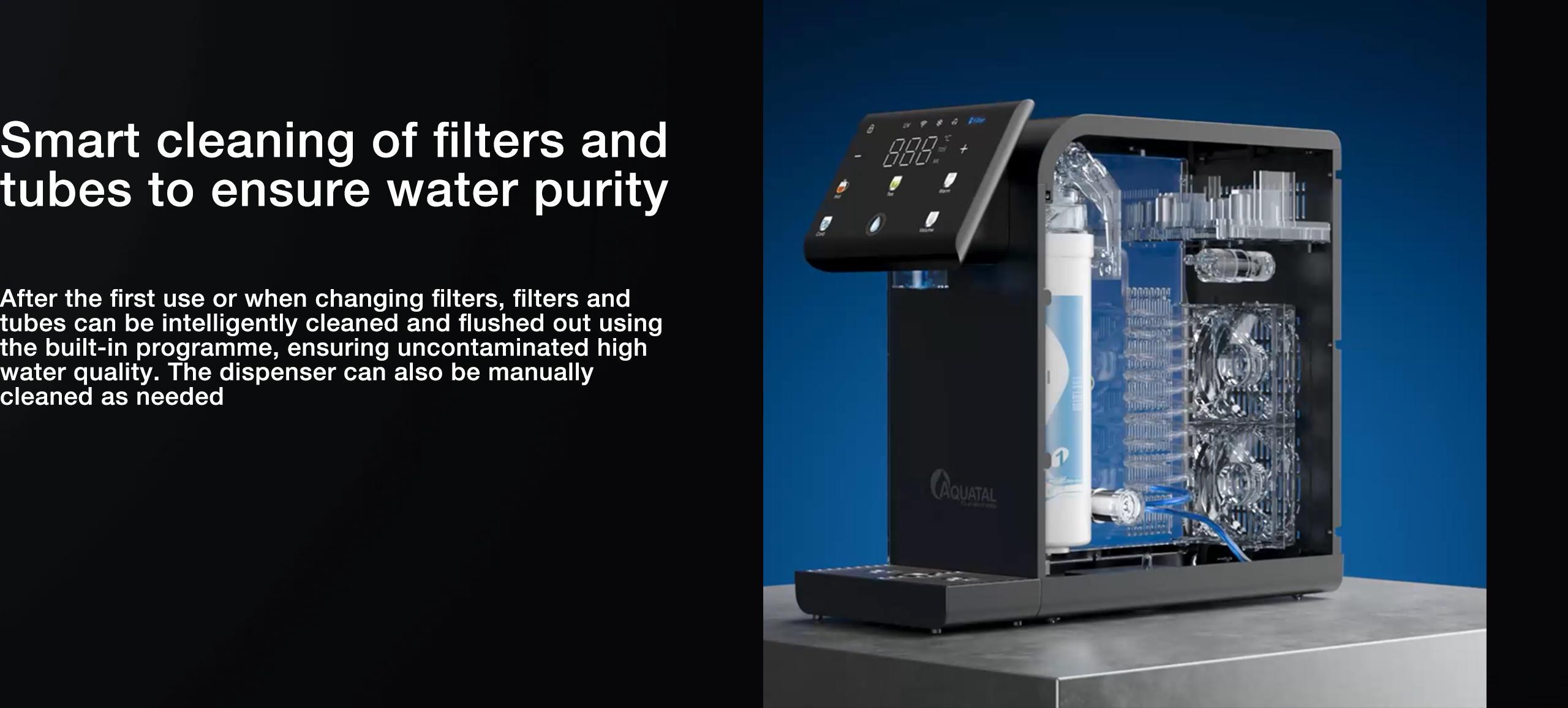 Hey everyone! We’ve tackled filtering the water you drink and the water you shower in – fantastic steps for targeted health and comfort. But what if you could filter every single drop of water entering your home? Imagine clean, great-tasting water flowing from every tap, showerhead, and appliance. That’s the promise of a whole-house water filtration system. It’s not just about drinking water anymore; it’s about transforming your entire water experience. Let’s dive into why this might be the ultimate water upgrade for your castle.
Hey everyone! We’ve tackled filtering the water you drink and the water you shower in – fantastic steps for targeted health and comfort. But what if you could filter every single drop of water entering your home? Imagine clean, great-tasting water flowing from every tap, showerhead, and appliance. That’s the promise of a whole-house water filtration system. It’s not just about drinking water anymore; it’s about transforming your entire water experience. Let’s dive into why this might be the ultimate water upgrade for your castle.
Why Filter Everything? The Whole-Home Advantage
While point-of-use filters (like under-sink or shower filters) are excellent for specific needs, a whole-house system acts as your home’s first line of defense, treating water right as it enters your plumbing. Here’s why that’s a game-changer:
Protect Your Plumbing & Appliances: Sediment, rust, and minerals (hardness) are the silent killers of water heaters, washing machines, dishwashers, and pipes. A whole-house filter removes these abrasive particles and can significantly reduce scale buildup, extending the lifespan of your expensive appliances and preventing costly repairs or replacements. Think fewer drain clogs and no more mysterious “brown water” episodes after main breaks!
Pure Water, Everywhere, Always: No more wondering if the bathroom sink tap is filtered, or if guests are drinking unfiltered water. Every tap, shower, bath, garden hose spigot, and ice maker dispenses cleaner water. Consistent quality throughout your entire home.
Enhanced Skin & Hair Care (Beyond the Shower): Washing your hands, face, or taking a bath? Filtered water everywhere means less chlorine and contaminants touching your skin 24/7. This can lead to noticeably softer skin and healthier hair overall.
Cleaner Laundry: Chlorine and hard water minerals can damage fabrics, fade colors faster, and leave clothes feeling stiff or scratchy. Filtered water means brighter colors, softer towels and clothes, and potentially needing less detergent.
Spot-Free Dishes & Glassware: Hard water is the enemy of sparkling dishes and shower doors. A whole-house system that softens water or removes minerals prevents spotting and filming on glassware, fixtures, shower doors, and car washes (using your outside spigot!).
Better Tasting Cooking Water & Ice: Cooking pasta, making soup, or filling the ice cube tray? Filtered water from every tap means better-tasting food and crystal-clear, pure-tasting ice.
Reduced Chemical Exposure: Less chlorine vapor throughout the house (from showers, baths, washing machines) means potentially better indoor air quality, especially beneficial for those with sensitivities or respiratory issues.
Simplified Maintenance: One central system to maintain instead of multiple filters under sinks and in showers (though you might still want a specialized drinking water filter after the whole-house system for extra purity).
Navigating the Whole-House Waters: System Types & Technologies
Whole-house systems are more complex and involve professional installation, but understanding the core technologies helps you choose:
Sediment Filters (The Essential First Step):
What they do: Remove visible particles like sand, silt, rust, and dirt. Measured in microns (lower number = finer filtration).
Why: Protects downstream filters and appliances from clogging and damage. Usually a cartridge-style filter in a housing.
Best For: Every system should start with sediment pre-filtration, especially with well water or older city pipes.
Carbon Filters (The Chlorine & Taste Busters):
What they do: Use activated carbon (often granular or block) to adsorb chlorine, chloramines, bad tastes, odors, VOCs, pesticides, and some organic chemicals. Does NOT remove minerals (hardness), heavy metals, fluoride, or nitrates effectively on its own for whole-house.
Types:
Granular Activated Carbon (GAC): Good flow, effective for taste/odor/chlorine.
Carbon Block: Tighter packing = better contaminant removal but slightly lower flow. Better for finer particles/VOCs.
Best For: Municipal water users primarily concerned with chlorine, taste, odor, and general chemical reduction.
Water Softeners (The Hardness Warriors):
What they do: Remove calcium and magnesium ions causing hardness via ion exchange. They use resin beads and regenerate with salt (or potassium chloride).
Why: Eliminates scale buildup, protects appliances/pipes, improves soap lathering, makes skin/hair softer, prevents spots.
Best For: Homes with moderate to severe hard water problems. A game-changer for appliance lifespan and cleaning ease. Note: Technically a conditioner, not a “filter.”
Oxidizing Filters (For Iron, Manganese, Sulfur):
What they do: Use media like Birm, Filox, KDF, or air injection to oxidize dissolved iron, manganese, or hydrogen sulfide (rotten egg smell) into particles that can then be filtered out (usually by a sediment filter downstream).
Best For: Well water users dealing with specific aesthetic issues like staining, metallic taste, or bad odors.
Post time: Jul-02-2025

